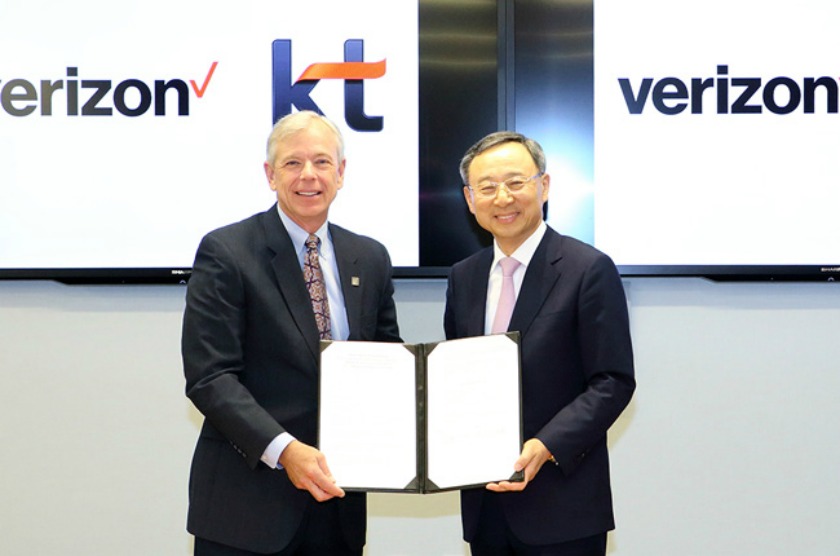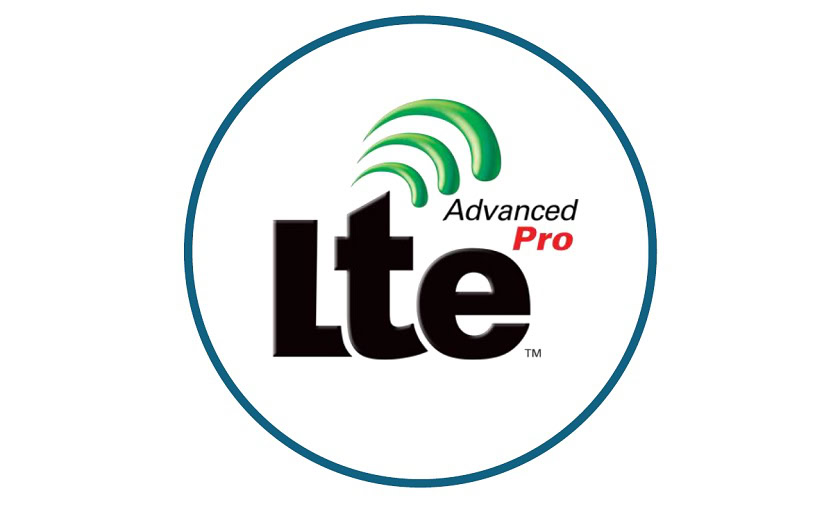Affiliate links on Android Authority may earn us a commission. Learn more.
Verizon wants to be the one to develop the global 5G standard

Verizon has signed a partnership deal with Korean carrier KT to explore the core technologies required to establish a global standard for 5G. KT’s chairman, Hwang Chang-gyu traveled to Big Red’s headquarters in New Jersey to ink the deal with Verizon’s chairman Lowell McAdam on Friday, but the deal has only been announced today.

If you know anything about 5G, you’d know that 5G doesn’t really mean anything right now. It is simply the “thing that comes after 4G” but no official standard has yet been proposed. Manufacturers and carriers from here, there and everywhere are constantly sharing their “5G” speed tests with us, but when something has no definition it’s a little too easy to plant a flag and declare yourself a contender.
Tackling this problem head-on is what KT and Verizon plan to do together. As KT’s chairman said in a statement, a “global partnership for the 5G standardization is very crucial ahead of its planned commercialization in 2020, as a single firm or country alone cannot achieve the goal”.
A single firm or country alone cannot achieve the goal of defining the global 5G standard.
How the two companies plan to develop a universal standard everyone else adheres to we’ll just have to wait and see. On the practical level though, Verizon has already teamed up with Samsung to field-test its equipment. As The Korea Times reports:
One of the exact terms of the partnership includes collaboration in developing next-generation network technologies ― such as software-defined networking (SDN) and network function virtualization (NFV) ― both of which are called the building blocks for the next wired and wireless businesses.
While defining the 5G standard officially is still several years in the future (with estimates putting it in 2018), a focused partnership between two large carriers from opposite sides of the world will go a long way towards getting the technical infrastructure in place. One of the benefits of SDN and NFV is that the onus is more on software and servers than hardware-based solutions.
When do you expect to see 5G? How do you see mobile content changing when it arrives?